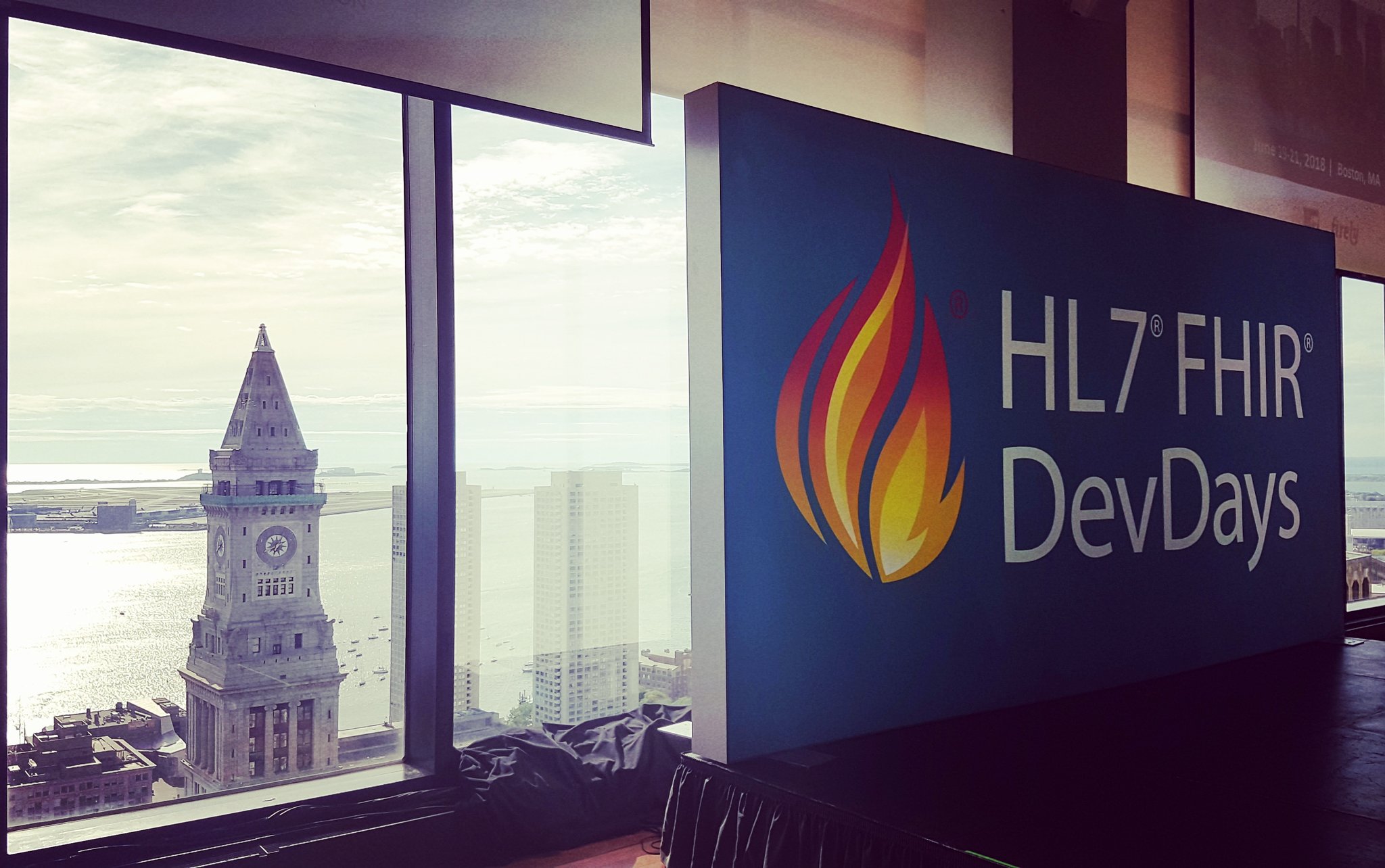Reflections from an HL7 FHIR Applications Roundtable Presenter
When I was a little girl, I wanted to grow up and do something to make the world a better place for everyone. I thought about becoming a missionary, a doctor or a teacher. Eventually I became a computer programmer because I love solving problems with technology.
To solve big problems, collaboration with many people with varied backgrounds and skill sets is vital for success. This is why I love working with the HL7 FHIR community. HL7 brings together people from all over the planet with a single focus to improve the exchange of electronic health information. Each person brings their experiences and insights into solving real world problems in healthcare. Together we’re learning how to use and expand the HL7 FHIR standards to solve those problems.
The HL7 FHIR Applications Roundtable
I really enjoy the HL7 FHIR Application Roundtable events. These events give developers an opportunity to show us their creations. Seeing what others have built to solve specific problems encourages me about the future of healthcare.
I had an opportunity to showcase our new MyLinks application at a recent HL7 FHIR Applications Roundtable event. For almost two decades, my software company (PatientLink) built products to enable patients to send their information directly into an electronic health record as structured data. This helped doctors understand the patient’s history to provide better care for them. Then cancer changed everything. After experiencing many frustrations in trying to gather my personal records for my care, I decided it was time to build something for patients.
I felt there were three important things I needed.
- I needed all of my medical records to better understand my illness.I wanted to learn everything about my cancer and understand if I was going to die from this.I also wanted to connect with another woman in Oklahoma City who had kidney cancer.
- I wanted to talk with her, ask her how her life has changed, and have someone who understood my questions and fears.
- After losing my sister to brain cancer and my mother to Alzheimer’s, I wanted to connect with researchers to understand what they are doing to solve these devastating illnesses and what I could do to help.
This was the genesis for MyLinks: Linking patients to their doctors and their data, to each other and to researchers.







.png?width=1024&name=FHIR%20Connectathon%2017%20Recap%20Sandeep%20(1).png)

.png)
